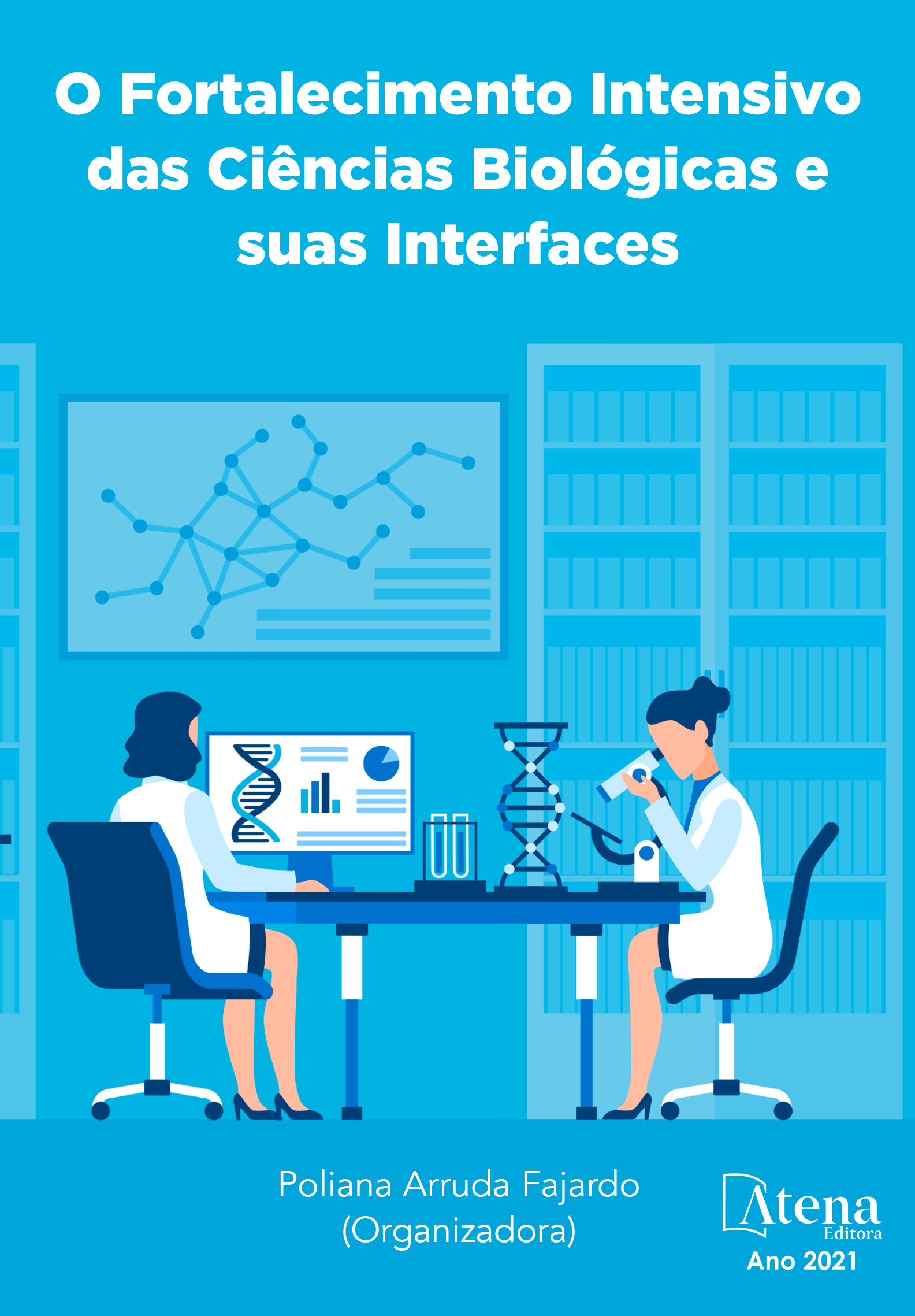
CARACTERIZAÇÃO DAS INTERAÇÕES MOLECULARES ENTRE METFORMINA E FATOR INTRÍNSECO HUMANO
A efetiva ação hipoglicemiante da metformina a torna um dos agentes terapêuticos mais utilizados para o tratamento de Diabetes Mellitus tipo 2. No entanto, o uso crônico desse agente terapêutico está diretamente associado à redução plasmática de vitamina B12, caracterizando uma típica interação fármaco-nutriente. A longo prazo, a deficiência desse micronutriente pode gerar anemia e neuropatia periférica. A redução dos níveis plasmáticos de vitamina B12 deve-se à diminuição na absorção desse micronutriente, causado pela metformina. Ainda não está elucidado o mecanismo molecular envolvido nesse processo. De modo a compreender o mecanismo molecular envolvido nessa interação fármaco-nutriente, o presente estudo buscou caracterizar, por meio de docking molecular, as interações moleculares entre a metformina e o fator intrínseco humano (IF), que é o principal transportador intestinal de vitamina B12. Os achados mostram que a metformina interage com resíduos que fazem parte do sítio de interação da vitamina B12 no IF, com os mesmos resíduos nos quais a vitamina B12 interage (151, 153 e 204), por meio de ligações de hidrogênio e atração eletrostática. Isso estabiliza a molécula da metformina no IF, sugerindo que o mecanismo pelo qual a metformina interfere na absorção da vitamina B12 se dá por meio da competição pelo mesmo sítio de interação da proteína transportadora da vitamina B12.
CARACTERIZAÇÃO DAS INTERAÇÕES MOLECULARES ENTRE METFORMINA E FATOR INTRÍNSECO HUMANO
-
DOI: 10.22533/at.ed.0902111025
-
Palavras-chave: Metformina, vitamina B12, interações moleculares
-
Keywords: Metformin, vitamin B12, molecular interactions
-
Abstract:
Because it effectively reduces blood glucose, metformin is one of the most widely used therapeutic agents for the treatment of type 2 Diabetes Mellitus. However, the chronic use of this therapeutic agent is directly associated with the plasma reduction of vitamin B12, characterizing a typical drug-nutrient interaction. In the long run, deficiency of this micronutrient can lead to anemia and peripheral neuropathy. The reduction in plasma vitamin B12 levels is due to the decrease in the absorption of this micronutrient, caused by metformin. The reduction in plasma vitamin B12 levels is due to the decrease in the absorption of this micronutrient, caused by metformin. The molecular mechanism involved in this process is still unclear. In order to understand the molecular mechanism involved in this drug-nutrient interaction, the present study sought to characterize, through molecular docking, the molecular interactions between metformin and the human intrinsic factor (IF), which is the main intestinal transporter of vitamin B12. The findings show that metformin interacts with residues that are part of the vitamin B12 interaction site in the IF, with the same residues in which vitamin B12 interacts (151, 153 and 204), through hydrogen bonds and electrostatic attraction. This stabilizes the metformin molecule in the IF. This suggests that the mechanism by which metformin interferes with vitamin B12 absorption is through competition for the same interaction site of the vitamin B12 carrier protein.
-
Número de páginas: 9
- MAYSE MANUELE FREITAS VIANA LEAL
- DIJANAH COTA MACHADO
- JANILSON JOSÉ DA SILVA JÚNIOR


